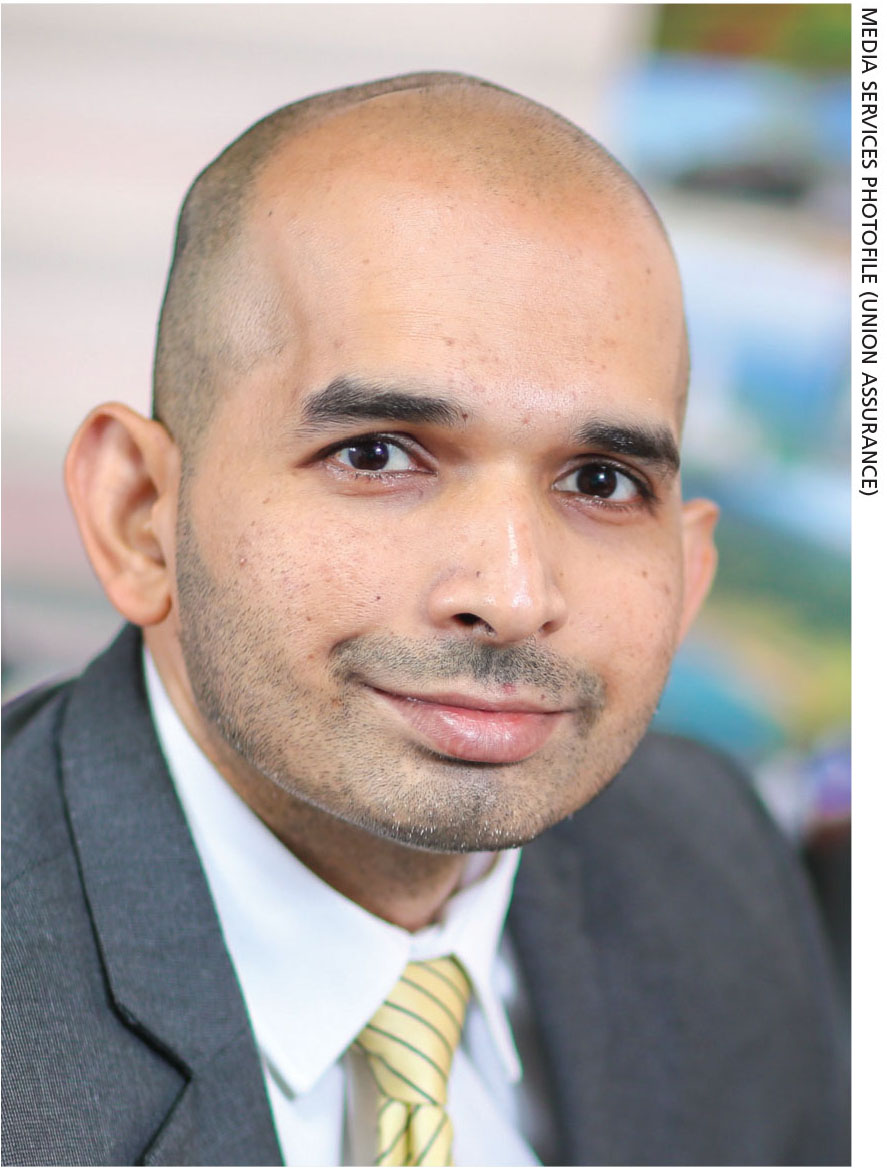INSURANCE SECTOR
Compiled by Dona Senara
MAKING DREAMS COME TRUE
Senath Jayatilake waxes eloquent about protecting Sri Lanka’s insured
Q: What is your assessment of the life insurance sector’s performance in recent times?
A: Sri Lanka’s life insurance sector has shown steadfast resilience despite the challenges it’s faced over the last couple of years, as well as disruptions to its traditional business model.
At the end of 2021, the sector recorded a three year double digit compound annual growth rate (CAGR). This underlined the strength of the life insurance sector in this country in spite of many challenges.
A key contributor to this resilience was the sector’s ability to adapt to the obstacles it faced by transforming its business model and customer value propositions, to meet the changes in the given context and prevailing market realities.
We noted the existence of this capacity even in the first half of 2022 when the life insurance sector recorded positive year on year growth in the face of yet another challenging period.
An evolution in terms of both business models and customer value propositions, which were witnessed across the sector, have laid a solid foundation for the continuation and strengthening of this growth trajectory in the future.
Q: And what are the latest trends in the life insurance sector, in the aftermath of the pandemic?
A: The life insurance sector and market we operate in have changed rapidly over the last couple of years especially due to the COVID-19 pandemic.
These transformations are seen not only in the way life insurance businesses function but also as far as customer expectations, needs and the extended macro environment are concerned.
This development has been facilitated through the adoption of digital and data capabilities across the sector’s business value chains.
The use of digital platforms and advanced analytics in areas such as product distribution, operations and customer engagement have enabled early adopters to build efficient, flexible and strong business models. They’re now offering a solid value ecosystem to customers and the sector’s broader stakeholder group.
Nevertheless, organisations that have been slow to adapt to this new reality have seen their business models challenged and long-term growth trajectories impeded.
Moreover, we have seen customers demanding more value, customisation, flexibility and control over their financial products, across global and local markets. This has called on insurance businesses to reevaluate their product and value propositions continuously, and reimagine and innovate not only the solutions offered to customers but also their distribution and servicing capabilities.
This trend has had an extremely positive impact on the sector and organisations that have adopted it with speed in terms of building customer confidence, service innovation and future readiness.
Q: And last but not least, could you outline the most pressing challenges the sector is facing today?
A: One of the more significant challenges that the sector is currently facing – and will face in the medium term too – is the overall reduction of disposable income levels in the country.
This is driven by hyperinflationary price increases and potential tax escalations, which are part of the country’s fiscal consolidation efforts.
On the other hand, a drop in disposable household incomes greatly increases the need for lifestyle and health protection, which life insurance products are designed to offer.
It is important that the business and distribution models of life insurance businesses evolve to deliver relevant and innovative customer value propositions in the current context, and create greater awareness of this to stay relevant in the market.
Q: What is your outlook for the insurance sector over the next year or so in the light of the prevailing economic environment?
A: As a result of various challenges, innovation and business model evolution have leapfrogged across the sector, and built a solid foundation for a sustainable growth trajectory in the future.
Sri Lanka is listed among countries with very low life insurance penetration.
Our population is heavily underinsured even in comparison to markets such as India where per capita GDP is much lower than in this country.
This has a lot to do with Sri Lanka’s financial literacy rates, and relatively lower awareness of the need to insure lifestyles and dreams of people.
A lower life insurance penetration rate shows the potential for growth in the sector with the right business model, customer value propositions and awareness creation.
The current economic situation in the country has severely affected average savings, and the ability of households to save and protect their long-term aspirations, financial independence and health needs.
Therefore, the need to protect families’ dreams and financial futures through a life insurance policy has never been more important than it is today.
As a sector, we have a pivotal social responsibility to take this value proposition to Sri Lankan households and protect their dreams. As such, the potential for Sri Lankan life insurance businesses to continue their growth trajectory into the future is very strong.




